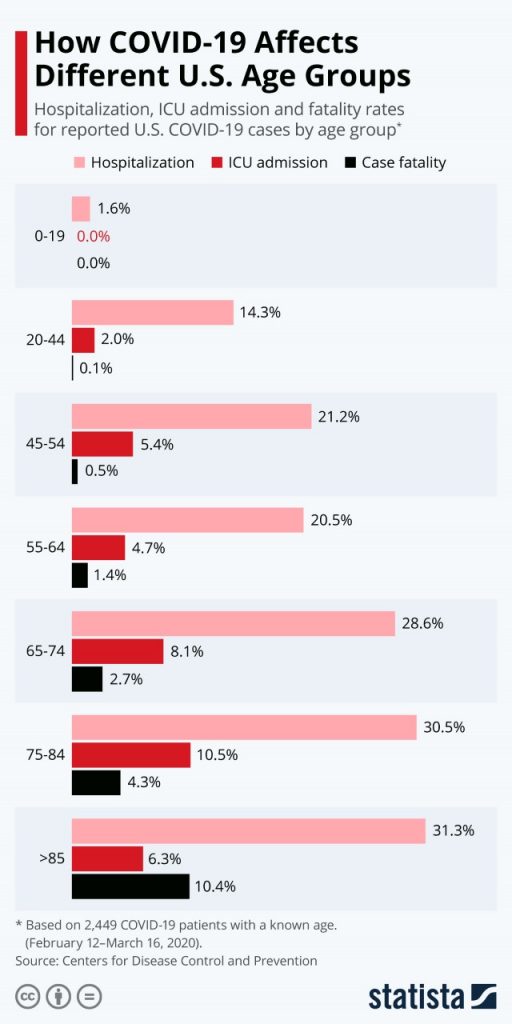Topley’s Top Ten – April 1, 2020
1.Total Contribution of Global Tourism to World Economy–$9 Trillion.
Travel and tourism: direct contribution to GDP worldwide 2019, by country
Topley’s Top Ten – March 31, 2020
1.September to December 2008…S&P Bounced 9-19% Six Times.
Source Goldman Sachs Stock market won’t hit coronavirus lows until these 3 criteria are met, says Goldman Sachs
By Chris Matthewshttps://www.marketwatch.com/story/stock-market-wont-hit-coronavirus-lows-until-these-3-criteria-are-met-says-goldman-sachs-2020-03-30?mod=home-page
Continue readingTopley’s Top Ten – March 30, 2020
1.The 60/40-60% Stock and 40% Bond Portfolio Down -20% for Only the 4th Time in 75 Years.
Michael Santoli@MICHAELSANTOLI
The traditional retirement portfolio of stocks and bonds is down 20% for only the fourth time since WWII Michael Santoli@MICHAELSANTOLI
VBINX-Vanguard 60/40 Index…Above 2018 Sell-Off Lows
Topley’s Top Ten – March 27, 2020
1.Volatility-In the Last 2 Weeks the Dow Jones its Best Day Since 1933 and its 2 Worse Days Since 1987 Crash.
Within the last two weeks, the Dow Jones Industrial Average DJIA has experienced its best day since 1933, which came two days ago on March 24 when the index gained 11.37%, as well as its two worst days since the Black Monday crash of 1987, which came on March 12 and March 16 when the Dow notched single-day losses of -9.99% and -12.93%, respectively. This month, DJIA has had 10 days which rank in the largest one-day moves since 1985, as it has had five of its 20 best and five of its 20 worst one-day returns. To put this into perspective, since 2009 we have had only two days that ranked in the 20 best or 20 worst – December 26, 2018 when DJIA gained 4.98% and August 8, 2011 when the index lost -5.55%. No other month since 1985 has had nearly as many of the largest one day moves as March 2020 – October 2008 and October 1987 tie for second which each month owning five. While the sheer number of large moves this month has been unprecedented in recent history, as you can see in the table below, it is not unusual to have these extreme days come in close proximity.

Nasdaq Dorsey Wright https://www.nasdaq.com/solutions/nasdaq-dorsey-wright-stock-market-equity-investment-research-company
Continue reading




